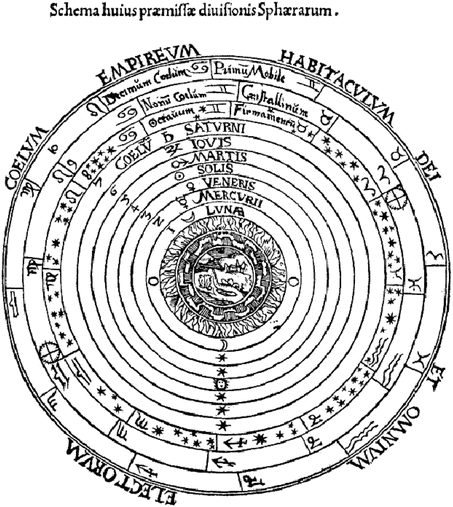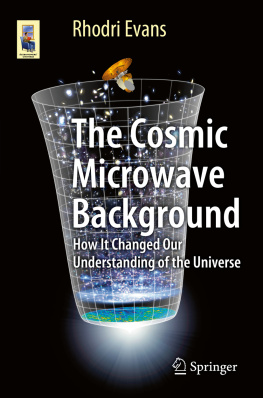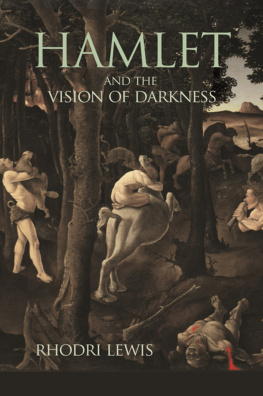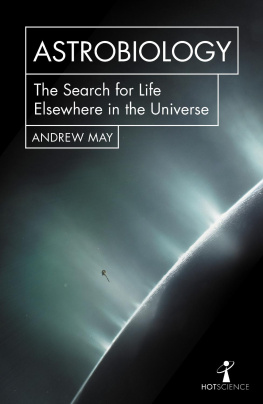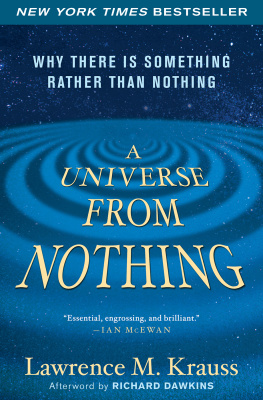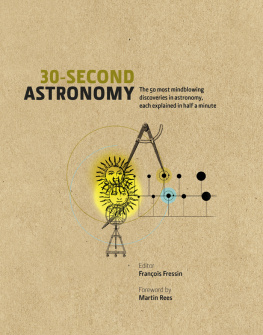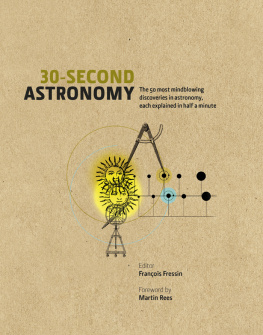1. At the Centre of Creation?
Early models of the Universe by Greeks such as Ptolemy placed the Earth at the centre of the heavens. In the sixteenth century, Copernicus suggested that the Sun and not the Earth was at the centre of creation, and Galileo found observational evidence for this in the 16091611 period. Kepler worked out that the planets orbit the Sun in ellipses and not circles, and later in the seventeenth century, Newton wrote down the laws of gravity and mechanics which shaped our understanding of Physics for the next 250years. Using a method suggested by Halley, in 1761 and 1769 we measured the distance from the Earth to the Sun, and by 1838 we had measured the distance to one of the nearest stars. In 1814 Fraunhofer learnt that stars have dark lines in their spectra, and this could be used to measure how quickly they are moving towards or away from us, and by the 1910s Henrietta Leavitt had discovered a way to measure vast distances using a particular type of star called a Cepheid variable.
1.1 Ptolemys Universe
To even the casual observer, the daily motion of the Sun from East to West across the sky is very obvious. A little more observations over a few weeks and one will notice the changing phases of the Moon, with each full Moon spaced by about 30days. Beyond this, more detailed observations of the night-time sky can reveal that different stars appear at different times of the year. For example, the easily recognisable stars that form the constellation Orion can be seen in the autumn and winter skies, but not in the summer. Conversely, the stars Vega, Deneb and Altair which form the summer triangle cannot be seen in the winter skies.
Even more detailed observations will show that not all the stars behave the same way. There are five star-like objects which appear to wander amongst their fellow stars. These are the five naked eye planets, Mercury, Venus, Mars, Jupiter and Saturn. The Greek name planet actually means wandering star. In any model of the Universe, these observations need to be explained.
The model which has been believed for most of the last 2,000years is one that is chiefly attributed to the Greek astronomer Claudius Ptolemy [], who lived in the second century bc in Alexandria. In his model, the Earth was placed at the centre, with the Moon, Sun, planets and stars all orbiting it at different rates.
A model is, of course, only successful if it can match the observations. Although the planets appear to normally wander through the background stars in an easterly direction from night to night and month to month, sometimes they appear to reverse direction. The planet which shows this brief westerly motion against the background stars most markedly is Mars. This phenomenon, called retrograde motion, could not be explained with the simple model shown above. Ptolemy had to introduce the idea of epicycles, which were superimposed on the planets motion along its deferent (the circles shown in Fig.). By adjusting the size of a planets epicycle, Ptolemy was able to get excellent agreement between the positions of celestial objects as predicted by his model and what was observed.
Fig. 1.1
Ptolemys model of the Universe placed the Earth at the centre, with the Sun, Moon, planets and stars all moving about it. This drawing is taken from Peter Aplan Cosmographia (1524)
Ptolemys incorrect geocentric (Earth-centred) model was not overthrown until the early 1600s. The Polish astronomer Nicholas Copernicus is most often credited with suggesting that the Sun and not the Earth lay at the centre of the Universe. However, he was not the first. Even before Ptolemy, another Greek astronomer, Aristarchus of Samos, working in the third century bc proposed that the Sun and not the Earth was at the centre of the Universe. But Ptolemys model was preferred, mainly because it fitted in well with the philosophical world-view developed by Plato and Aristotle.
1.2 Copernicus Revolution
The person who is most credited with suggesting the heliocentric (Sun-centred) Universe is Nicholas Copernicus. Copernicus had trained as a church cleric, and through the help of his uncle who was Bishop of Ermland, he held a position as a canon at the cathedral in Frauenburg in modern-day Poland. Copernicus had studied law and medicine in Italy, so his main duties as a canon were to act as physician and secretary to his uncle. His duties were not particularly demanding, allowing him to indulge in his real passion, astronomy.
In 1514, Copernicus wrote a 20 page pamphlet Commentariolus [] (Little Commentary) which laid out his belief about the Earths place in the Universe. Although it was not formally published, he circulated it amongst a few people, and in it he laid out some of the most radical ideas that anyone had made. He stated that the heavenly bodies do not contain a common centre and that the Earth does not lie at the centre of the Universe. Rather, he said, the Sun lay near the centre of the Universe, and the distance from the Earth to the Sun was tiny compared to the distances to the stars. He also stated that the apparent motion of the Sun and stars across the sky from East to West was due to the Earths rotation, and that the change in the position of the Sun from season to season was due to our motion around it. Finally, he stated that the apparent retrograde motion of some of the planets was due to seeing their motion from a moving Earth.
He was correct in each one of these statements, something to which very few astronomers of his age would have agreed, but which most would do by the end of the sixteenth century. Around the time that Copernicus wrote this pamphlet, his uncle died, and Copernicus moved to Frauenberg Castle where he set up his own observatory. He spent the rest of his life reworking Commentariolus into a much more learned and complete piece of work. With his religious training as a canon, Copernicus was fully aware how his arguments flew in the face of hundreds of years of Church teaching, and so was reluctant to share his work with anyone for fear of persecution.
However, in 1539 a young German man by the name of Georg Joachim von Lauchen, but known as Rheticus, travelled from Wittenberg to meet Copernicus. Rheticus spent 3years at Frauenberg Castle with Copernicus, reading his manuscript and giving him feedback and reassurance on its contents. By 1541, Rheticus had received permission from Copernicus to take the manuscript to a printing house in Nuremberg for publication. At last, in the spring of 1543, De revolutionibus orbium caelestium [] (On the Revolutions of Heavenly Spheres) was published. But, in late 1542 Copernicus had suffered a cerebral haemorrhage, and had spent the intervening months in bed struggling to stay alive. Copies of his book reached him just as he was losing his battle, and upon seeing his lifes work finally in print his life slipped away. His friend Canon Giese wrote a letter to Rheticus saying
For many days he had been deprived of his memory and mental vigour; he only saw his completed book at the last moment, on the day he died.
Copernicus model placed the Sun at the centre of the Universe, with the Earth, Moon, planets and stars orbiting the Sun in perfectly circular orbits (see Fig.). Mercury and Venus were placed inside of Earths orbit, the Moon orbiting the Earth as Earth orbited the Sun, and Mars, Jupiter and Saturn orbited outside of Earths orbit. Finally, the last sphere in this cosmic Russian doll was the sphere of the fixed stars.
